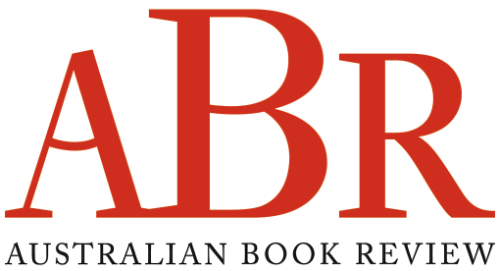Paul Hetherington
Paul Hetherington has published seventeen volumes of poetry and prose poetry and won or been nominated for more than forty national and international awards and competitions, recently winning the 2021 Bruce Dawe National Poetry Prize. He co-wrote Prose Poetry: An introduction (Princeton, 2020), and co-edited Anthology of Australian Prose Poetry (MUP, 2020). He is Emeritus Professor of Writing at the University of Canberra.
Donald Friend (1915–89) was one of Australia’s most prolific and widely travelled artists. Forty-four of his diaries are held in the National Library of Australia’s Manuscript Collection (individual diaries are held by the National Gallery of Australia and the James Hardie Library of Australian Fine Arts at the State Library of Queensland). The National Library also has items that are part o ... (read more)
Lucy Dougan’s recent collection of poetry, White Clay, demonstrates a considerably wider range than her first collection, Memory Shell (1998), while reaffirming how centrally preoccupied her poetry is with the potency of lost time, and also with finding the truth behind appearances, locating what is hidden or marginal and tracking down family ghosts.
... (read more)
... (read more)
Philip Salom’s poetry has won many awards since his first collection, The Silent Piano, was published in 1980. His poems range widely and have often included fantastical elements, most notably in Sky Poems (1987). The opening of Sky Poems enjoins the reader to ‘Throw out the world’s laws’, promising: ‘Anything you wish, possibly more!’ Such poetry seems to proceed from the assumption t ... (read more)
Pitt Street Poetry is a fine and well-established poetry publisher. However, its 101 Poets series is a somewhat puzzling phenomenon. It was started in 2016 and, according to the publisher’s website, aimed to be ‘a new series of selected poems … bring[ing] together the best work of Australia’s leading poets as collectable, definitive editions’. Yet, in eight years, it has only included vo ... (read more)
History of the Day is Stephen Edgar’s seventh poetry collection. His first was Queuing for the Mudd Club in 1985, and over the last twenty-four years he has been publishing poetry with a strikingly individual formal music. This latest volume further refines his superbly measured control of rhythm and cadence. There is nothing else like it in contemporary Australian poetry.
Edgar’s poetry has ... (read more)
Paul Hetherington reviews 'The Warwick Review, Volume III No. 1, March 2009' edited by Michael Hulse
The first issue of The Warwick Review, a quarterly magazine published by the Writing Program at the University of Warwick, appeared in March 2007. The journal has maintained a high standard and a commendable variety ever since. Like previous issues, the March 2009 edition is divided into sections that focus on certain kinds of writing, or certain places from which writing has emerged.
The opening ... (read more)
Fuel is Andrew Sant’s eleventh poetry collection. His previous volume was Speed & Other Liberties (2008), which included some of the new poems from Tremors: New & Selected Poems (2004), along with additional work. The epigraph to Speed & Other Liberties is Marc Bloch’s statement that ‘Contemporary civilisation differs in one particularly distinctive feature from those which prece ... (read more)
For a long time, Australia has had a conservative poetry culture. In the nineteenth and early twentieth centuries, when modernist poets in Europe, Asia, America, and – somewhat belatedly – the United Kingdom revolutionised international literature, Australian poets continued writing mainly conventional verse.
Modernism brought poetry and prose together as more or less equal partners. Notably, ... (read more)

